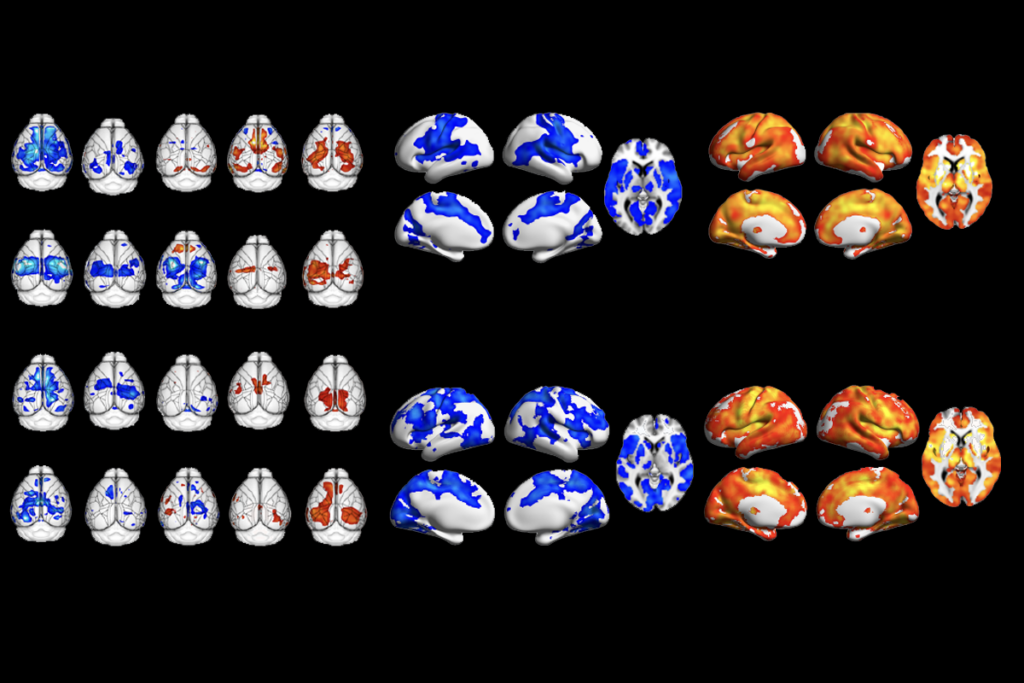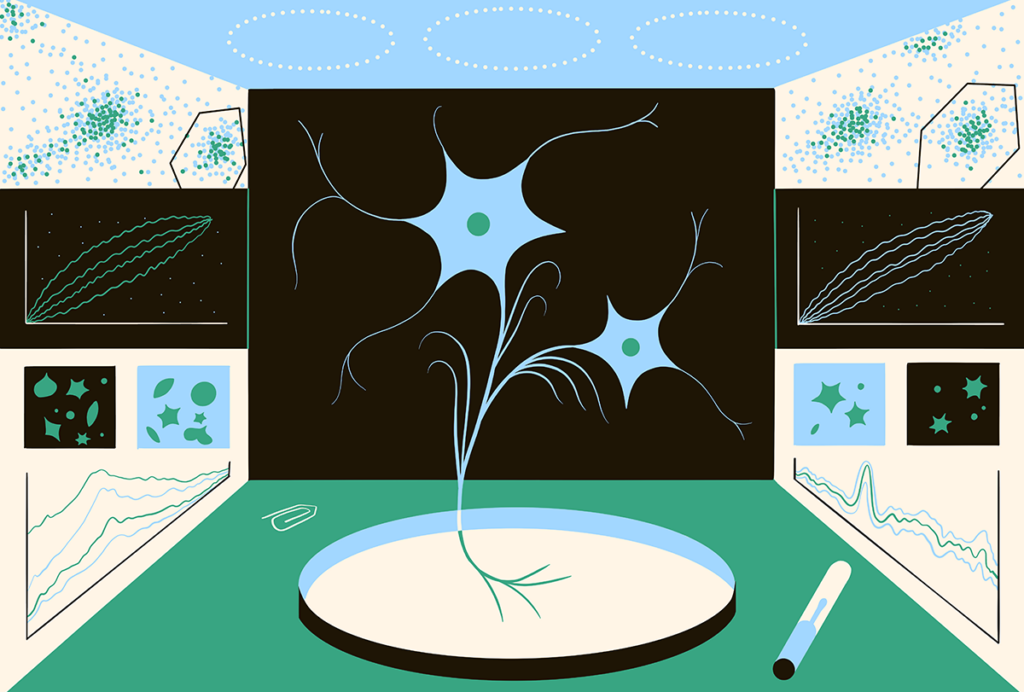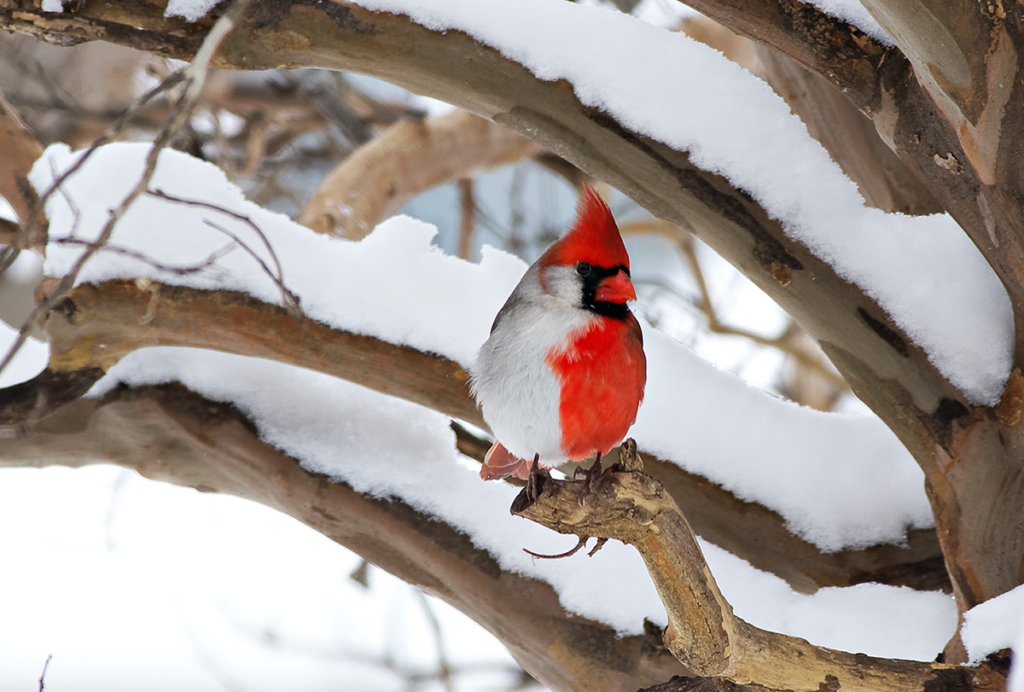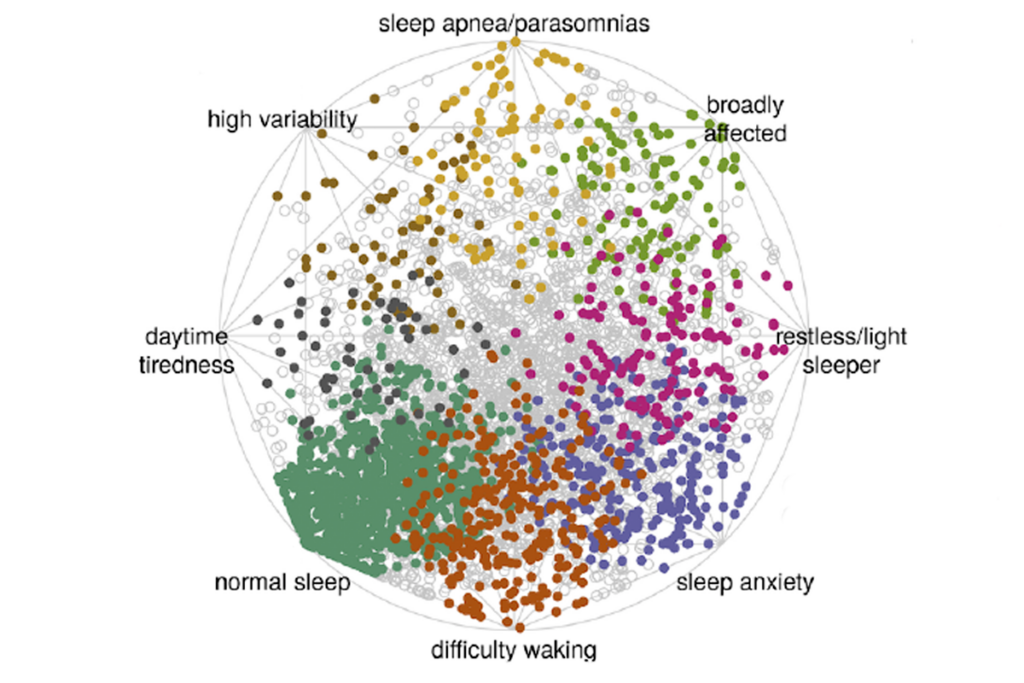Genetics: Analysis identifies new autism candidate regions
An analysis of large duplications and deletions of DNA has identified new candidate genes for autism in pathways linked to the disorder. The results were published 22 May in Human Molecular Genetics.
An analysis of large duplications and deletions of DNA has identified new candidate genes for autism in pathways linked to the disorder. The results were published 22 May in Human Molecular Genetics1.
Copy number variants — duplications and deletions of genomic regions — are more common in individuals with autism than in controls. However, even the most prevalent of these CNVs accounts for no more than one percent of cases of the disorder.
In the new study, researchers looked at thousands of CNVs in 813 individuals with autism and 592 controls. Overall, there are more CNVs, and larger ones, in individuals with autism than in controls, they found.
They also found 18 large CNVs, ranging in size from one to seven megabases, in individuals with autism, but none in controls. Four of these large CNVs — an inherited deletion at 3p26.3 and spontaneous, or de novo, deletions at 2q22.1, 4q12 and 14q23 — have not previously been linked to autism.
In addition, the researchers looked at the function of genes within 3,855 CNVs found in individuals with autism and none of the controls. This analysis highlights several genes that could play a role in the disorder, including known autism-candidate genes NRXN3 and GRIN2B, and some genes linked to schizophrenia, such as GRID1 and SLC6A11.
The analysis identifies new candidate genes within autism-linked pathways, including DB1, GABARAPL1 and SLC6A11, all of which are involved in inhibiting signals in the brain.
And it identifies CNVs in regions previously associated with autism: two duplications within 1q21.1, a duplication within 7q11.23, two deletions within 15q13.1, two duplications within 15q11-13, two duplications and a deletion within 16p11.2, a deletion within 17p11.2, a deletion within 22q13.3, which contains the SHANK3 gene, and a duplication within 22q11.21.
Of these 13 CNVs, 6 are inherited and 7 are de novo. None of them are present in unaffected siblings. In three of seven cases in which two siblings have autism, the CNVs are present in both siblings.
References:
1: Griswold A.J. et al. Hum. Mol. Genet. Epub ahead of print (2012) PubMed
Recommended reading

Expediting clinical trials for profound autism: Q&A with Matthew State

Too much or too little brain synchrony may underlie autism subtypes
Explore more from The Transmitter

This paper changed my life: Shane Liddelow on two papers that upended astrocyte research
Dean Buonomano explores the concept of time in neuroscience and physics

